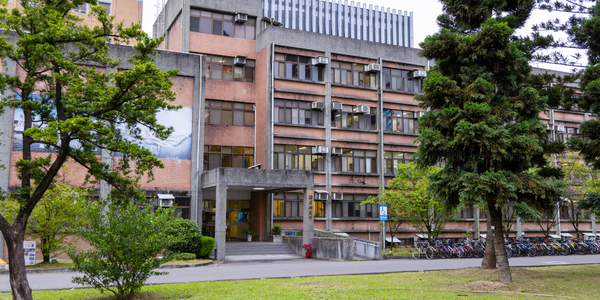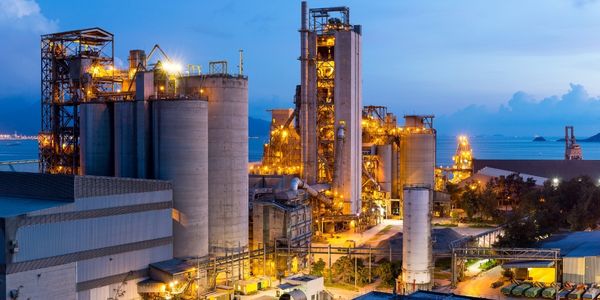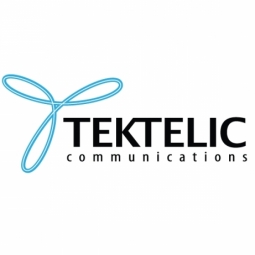
Technology Category
- Other - Battery
- Sensors - Temperature Sensors
Applicable Industries
- Buildings
- Cement
Applicable Functions
- Maintenance
- Quality Assurance
Use Cases
- Building Automation & Control
- Occupancy Monitoring
Services
- Testing & Certification
The Customer
Goldeni
About The Customer
The customer in this case study is goldeni, a data analytics company and part of the Morgan Sindall Group PLC, one of the UK’s leading construction and regeneration groups. They are experienced in delivering integrated property services, construction, infrastructure, partnership housing, and urban regeneration. They present a software platform that helps property services teams improve the health of residential and commercial properties. Goldeni is committed to actively supporting social housing associations and their tenants to help them better respond to the issues of energy efficiency within their homes and also identify those homes that are in fuel poverty.
The Challenge
The COVID-19 pandemic has highlighted the importance of maintaining a healthy indoor environment, with parameters such as temperature, humidity, CO2 levels, and adequate ventilation directly tied to overall wellbeing. Building operators need a solution to gain remote intelligence on building conditions to monitor indoor climates. By having this information, they could proactively intervene to maintain optimal climate conditions. However, there is a lack of low-cost, end-to-end solutions available capable of ensuring that every home is not only a safe and healthy environment but can also do so in a way that gives the end user complete control in an end-to-end user-friendly interface.
The Solution
Goldeni, a data analytics company and part of the Morgan Sindall Group PLC, provides a solution through a series of connected sensors and devices. These provide insights into home health, safety, and environmental impact. It delivers real-time data and actionable insights to service and maintenance teams. This empowers landlords with preventative building and asset maintenance services, reducing property disrepair and improving the energy efficiency of homes while reducing their impact on the environment. To support these efforts, TEKTELIC is providing TEKTELIC’s Smart Room Sensor, an industry-leading versatile LoRaWAN® sensor with many observational capabilities, real-time data uploads, easy set up, and minimal installation requirements.
Operational Impact

Case Study missing?
Start adding your own!
Register with your work email and create a new case study profile for your business.
Related Case Studies.

Case Study
Energy Saving & Power Monitoring System
Recently a university in Taiwan was experiencing dramatic power usage increases due to its growing number of campus buildings and students. Aiming to analyze their power consumption and increase their power efficiency across 52 buildings, the university wanted to build a power management system utilizing web-based hardware and software. With these goals in mind, they contacted Advantech to help them develop their system and provide them with the means to save energy in the years to come.

Case Study
System 800xA at Indian Cement Plants
Chettinad Cement recognized that further efficiencies could be achieved in its cement manufacturing process. It looked to investing in comprehensive operational and control technologies to manage and derive productivity and energy efficiency gains from the assets on Line 2, their second plant in India.

Case Study
Intelligent Building Automation System and Energy Saving Solution
One of the most difficult problems facing the world is conserving energy in buildings. However, it is not easy to have a cost-effective solution to reduce energy usage in a building. One solution for saving energy is to implement an intelligent building automation system (BAS) which can be controlled according to its schedule. In Indonesia a large university with a five floor building and 22 classrooms wanted to save the amount of energy being used.

Case Study
Powering Smart Home Automation solutions with IoT for Energy conservation
Many industry leaders that offer Smart Energy Management products & solutions face challenges including:How to build a scalable platform that can automatically scale-up to on-board ‘n’ number of Smart home devicesData security, solution availability, and reliability are the other critical factors to deal withHow to create a robust common IoT platform that handles any kind of smart devicesHow to enable data management capabilities that would help in intelligent decision-making

Case Study
Commercial Building Automation Boosts Energy Efficiency
One of the challenges to building automation is the multitude of non-interoperable communications protocols that have evolved over the years. Buildings have several islands of automation. Bridging the islands of different automation without losing the considerable investment in each specialized control network is the main focus in this solution.




